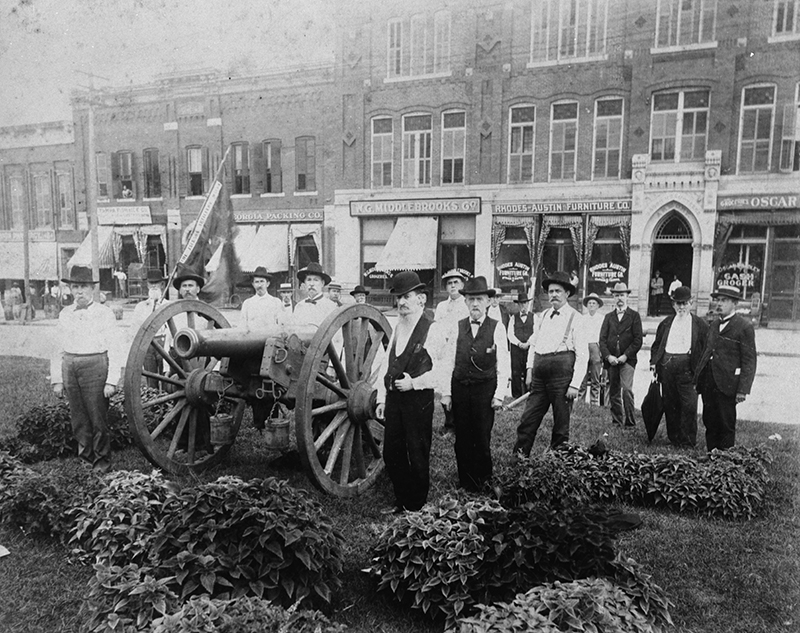In The Middle Of 1862, The Confederate Ordnance Bureau Started Building A National Armory In Macon, Georgia
The Confederacy had essentially no weapons when the war broke out on April 12, 1861, except from what it had acquired when the component states took control of various federal arsenals after secession. About 100,000 small armaments, including pistols and shoulder weapons, were included in the first inventory. There were also roughly 700 cannons, the most of which were placed for coastal defense. The supply of munitions was made more difficult by the fact that many of the weapons were outdated and the small arms were of different calibers. With the exception of a few pieces from the War of 1812 and a few more recent guns that belonged to the individual states, there was hardly any field artillery. To ignite the gunpowder in an infantryman's musket or rifle, percussion caps, which were in short supply, were also needed.
America possessed two sizable armories before the conflict that could produce military weapons. One was in Harpers Ferry, which would later become a portion of Union-loyal West Virginia, and the other was in Springfield, Massachusetts. The Harpers Ferry Armory was abandoned and torched by the federals not long after the war began. Therefore, in the middle of 1862, the Confederate Ordnance Bureau started building a National Armory in Macon, Georgia, which is also the next fact about Confederate Manufacturing. The factory was designed to provide the Confederate army with Enfield style rifle muskets, and it was modeled after the United States Armory at Harpers Ferry. Early 1863 saw the start of construction on the main structures, while late 1862 saw the start of gunstock production. Even though the Armory building was nearly finished, crucial English equipment for creating guns did not arrive in time for the conflict to end.












